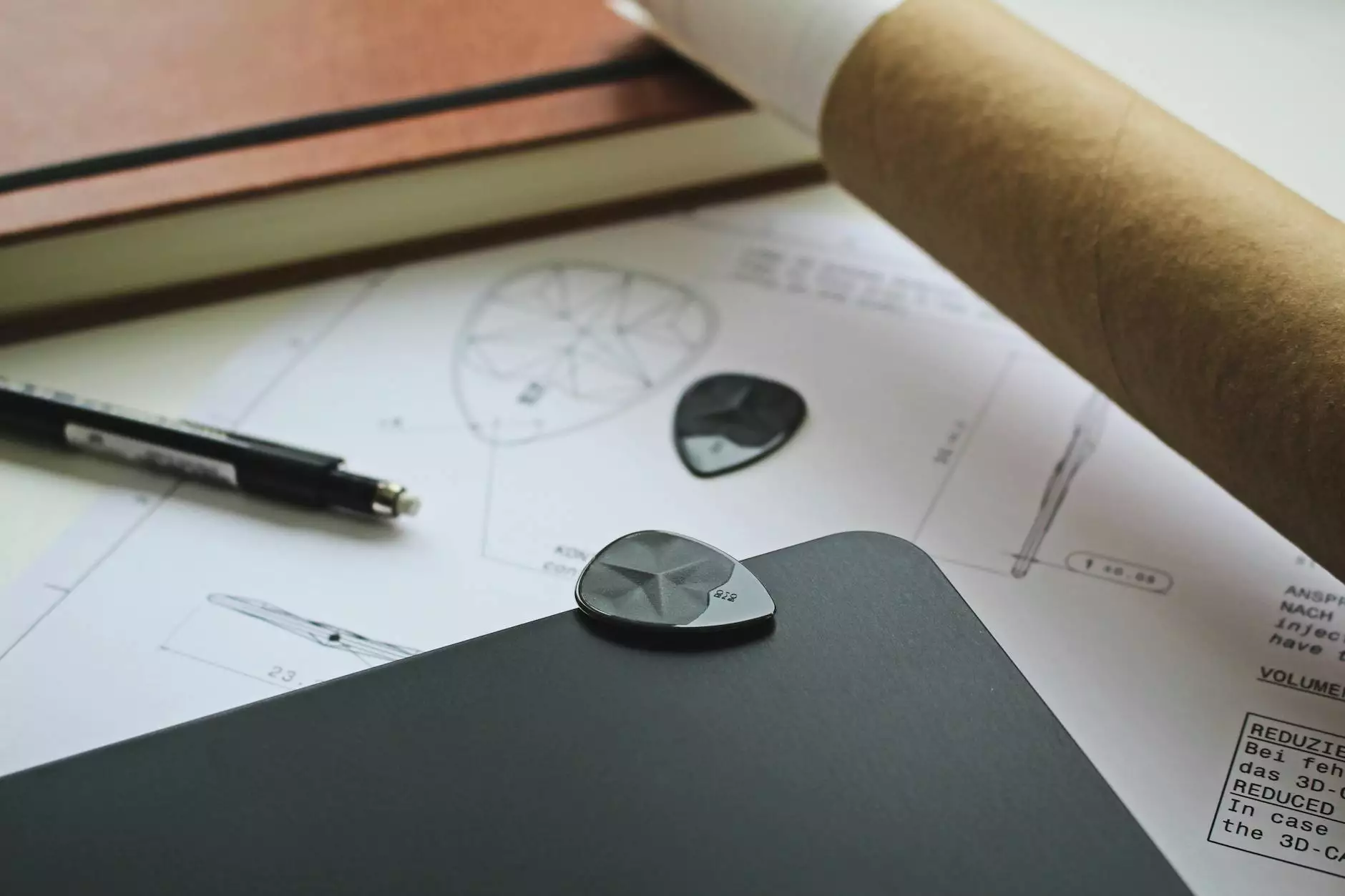Tire Construction Diagram and Structure
Services
Welcome to Unilevel Studios' comprehensive guide on tire construction diagram and tire structure. In this detailed breakdown, we will delve into the intricate components that make up a tire, providing valuable insights into how tires are manufactured and constructed. Understanding the anatomy of tires is crucial for both industry professionals and consumers looking to make informed decisions. Read on to learn more!
The Basics of Tire Construction
Before we delve into the specifics of tire construction, it is essential to understand the basic components that make up a tire. A typical tire consists of several key elements, each playing a crucial role in the overall performance and durability of the tire. These components include:
- Tread: The outer layer of the tire that comes in contact with the road surface, providing traction and grip.
- Sidewall: The vertical section of the tire between the tread and the bead, offering flexibility and protection.
- Bead: The part of the tire that anchors it to the wheel rim, ensuring a secure fit.
- Carcass: The framework of the tire that provides strength and shape.
Understanding Tire Structure Diagram
A tire structure diagram illustrates the various layers and components that make up a tire, giving a visual representation of how each part contributes to the overall function of the tire. Let's take a closer look at the typical structure of a tire:
Tire Layers
Modern tires are constructed with multiple layers, each serving a specific purpose. These layers include:
- Tread Layer: The outermost layer of the tire that provides traction and wear resistance.
- Belt Layer: Located beneath the tread layer, the belt layer reinforces the tire to improve stability and handling.
- Body Ply: The body ply layer consists of multiple fabric cords that give the tire its strength and flexibility.
- Inner Liner: The innermost layer of the tire that helps maintain air pressure and prevents air leakage.
Tire Components and Their Functions
Each component of a tire plays a crucial role in its overall performance. Understanding the functions of these components is key to optimizing tire performance and longevity. Here's a closer look at some important tire elements:
Tread Compound
The tread compound is a vital part of the tire that directly impacts traction, handling, and durability. Different tread compounds are tailored for specific road conditions and driving needs, ensuring optimal performance in various environments.
Casing
The casing of a tire refers to the layers beneath the tread, providing structure and support. High-quality casings are crucial for maintaining tire shape, resisting punctures, and enhancing overall strength.
Steel Belts
Steel belts are commonly used in tire construction to reinforce the tread area and improve stability. These belts help distribute pressure evenly across the tire, enhancing cornering performance and overall handling.
Sidewalls
The sidewalls of a tire are essential for maintaining tire shape and protecting the inner components from external damage. High-quality sidewalls improve ride comfort, cornering stability, and overall durability.
Conclusion
Exploring the intricate details of tire construction and structure provides valuable insights into the technological advancements and engineering excellence behind modern tire manufacturing. At Unilevel Studios, we are dedicated to delivering informative content that empowers our audience with knowledge and understanding. Stay tuned for more insights and updates on tire technology and industry trends.









